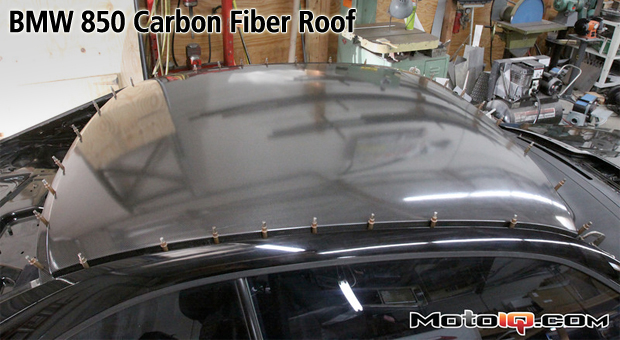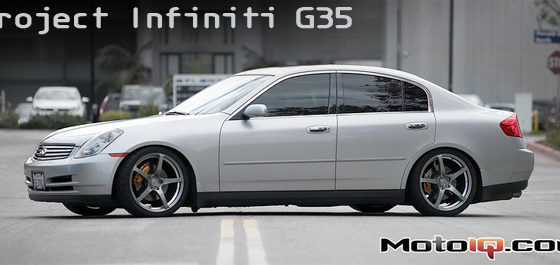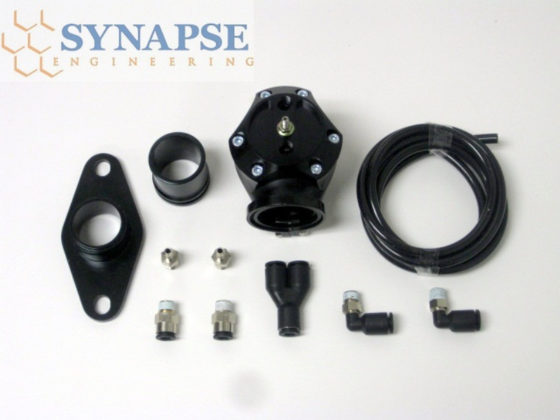,
 |
| When the mold is pulled off the plug, you have a cavity negative of the roof panel. The cavity is then sanded and polished to remove all flaws. A waxy mold release compound is sprayed into the mold to prevent sticking and a layer of gel coat is sprayed down. Then layers of carbon fiber cloth are applied into the mold. Brian uses a technique called vacuum infusion to apply aircraft epoxy resin to the carbon. The carbon is placed in the mold and a plastic bag is put over the mold and carbon. A vacuum pump sucks all of the air out of the bag and creates a vacuum. The epoxy resin is introduced in several areas around the mold and is sucked in permeating the carbon cloth. With vacuum infusion only the minimal amount of resin to wet out the carbon cloth is sucked in. The hard vacuum compacts the carbon laminate and with minimal space for resin, there is no excess resin. The compaction and minimal resin make for a really strong and light part. This is way better than the traditional wet layup techniques used by makers of cheap carbon parts. |
 |
| Brian pulls the finished roof out of the mold. Epoxy resin is used instead of the much cheaper and easier to work with common polyester. Epoxy is much stronger and tougher and has greatly superior mechanical properties than polyester resin. These properties are the reason why it is the resin of choice for racing and aerospace. Your typical consumer carbon parts are made with polyester. |
 |
| Brian laminates a thin layer of cork in between the carbon. The cork adds stiffness and insulates the interior of the car from noise and heat. The cork adds a little weight but makes the roof more streetable. |
 |
| When the carbon roof panel is pulled from the mold, it is trimmed and any flaws are lightly sanded. The roof panel is now ready to be installed. The entire roof weighs less than 8 lbs. |
 |
| The factory spot welds are drilled out and the stock roof panel is carefully removed from the unibody. You can see the holes in the flanges of the panel where the stock welds used to be. |



